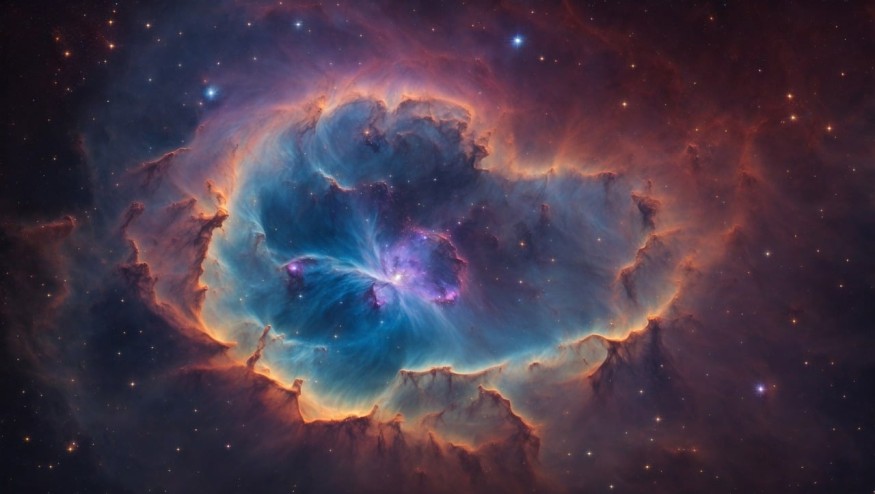
NASA's James Webb Space Telescope now allows astronomers to examine the Crab Nebula like never before.
Crab Nebula
In the astronomical community, the Crab Nebula is one of the nebulae that are most famous. It is a stellar explosion remnant, with the burst taking place in the cosmos roughly 1,000 years ago. This makes the nebula bright enough to be observed from the Earth roughly 6,500 years away.
Back in the year 1054, the Crab Nebula was visible from the Earth for 23 full days.
The Crab Nebula was first found in 1731. A later study then suggested that its formation matches that of a bright supernova that the Chinese saw back in 1054. However, the Crab Nebula's connection to the SN 1054 supernova explosion was made in the 20th century when astronomers looked into Chinese astronomy observations from July 4, 1054.
While the nebula cannot be seen with the naked eye, its apparent magnitude is quite similar to the Titan moon of Saturn. This means that the nebula could be seen using binoculars with the right night sky conditions.
The Crab Nebula stretches 11 light years across, with an expansion of 930 miles per second. Spinning at its center is a pulsar that rotates 30.2 times every second. As it does so, the pulsar releases a radiation pulse.
It’s Monday. Feeling crabby? 🦀
— NASA Webb Telescope (@NASAWebb) October 30, 2023
6,500 light-years away lies the Crab Nebula, the remains of an exploded star. While it is a well-studied target, Webb’s infrared sensitivity and resolution offer new clues into the makeup and origins of this nebula: https://t.co/FAu0qUTM86 pic.twitter.com/deG8wKGTQR
ALSO READ : Crab Nebula Might Harbor the Most Powerful Electron Accelerator Ever Discovered, Scientists Found
James Webb Space Telescope Offers New Look of Crab Nebula
NASA is hopeful that the latest view of the Crab Nebula could enable astronomers to further unravel the nebula's mysteries and history.
According to Tea Temim, who leads the team looking for answers regarding the origins of the Crab Nebula, the spatial resolution and sensitivity of the JWST enable the accurate determination of the ejected material's composition. This is particularly for nickel and iron, which could both shed light on the type of blast that took place and led to the formation of the Crab Nebula.
NASA notes that to find the pulsar heart of the Crab Nebula in the novel shot, viewers should follow wisps that align with a ripple-like and circular pattern in the middle to the center's bright white dot, further adding that beyond the core, thin white radiation ribbons can be followed.
The wisps are grouped together closely, outlining the magnetic field structure of the pulsar.
While Webb offers a fresh and comprehensive view of the Crab Nebula, it is not the first telescope to capture it. Back in 2005, the famous and powerful Hubble Space Telescope also took a shot of the Crab Nebula.
However, the JWST's infrared capacities offer a crisp and never-before-seen view of the nebula. NASA notes that the Webb mapped out dust grain emissions in the central regions for the first time.
Check out more news and information on Space in Science Times.












